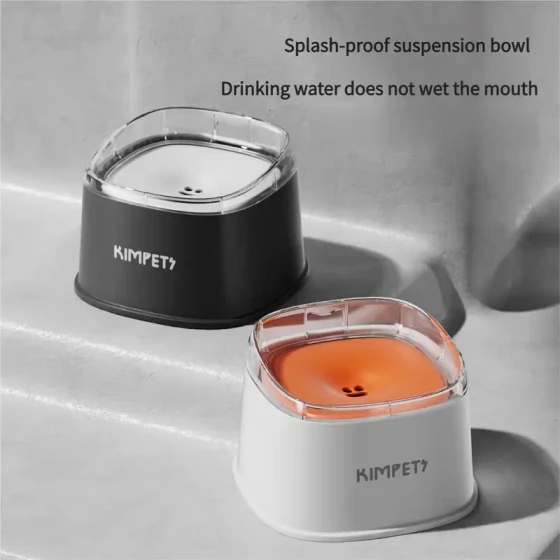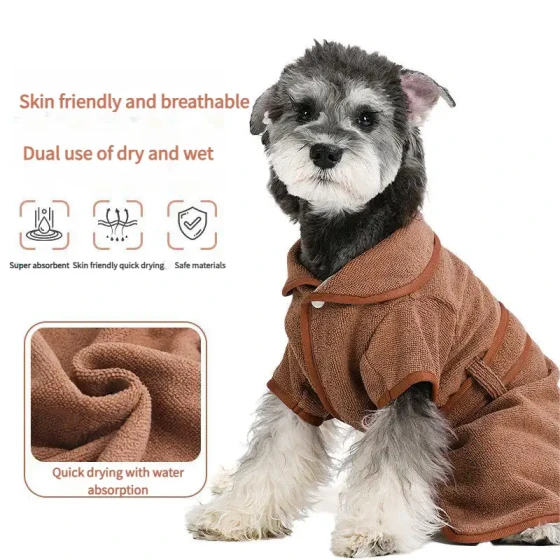Feeding Key Points for Belgian Groendael Shepherd Dogs

Groendael Dog
When first raising a Belgian Groendael Shepherd Dog, we should read some feeding knowledge about dogs in advance. After all, dogs are not children, their diet is different from humans. If you want to raise a healthy Groendael Shepherd Dog, we must feed it according to the following dietary methods.
Feeding Key Points
Young Groendael Shepherd Dogs are still in the developmental stage, so we should primarily feed them dog food. As the Groendael Shepherd Dog slowly grows, it will exhibit some bad behaviors; therefore, timely education and training are necessary.
When the Groendael Shepherd Dog first arrives home, do not rush to feed it. Just prepare a bowl of clean water in the crate. During crate training, if the Groendael Shepherd Dog remains quiet, feeding can be used as a reward. For Groendael Shepherd Dogs under 3 months old, feed four times a day, softening an appropriate amount of dog food with warm water or bone broth. The food should mainly be dog food, with little or no treats to avoid picky eating habits. Avoid overfeeding the Groendael Shepherd Dog as this can cause diarrhea and reduce immunity. Treats and toys are used during training; the dog must earn them and should not be allowed to get treats and toys anytime, anywhere, as this lowers obedience. Treats should mainly be chicken, small kibble, or dog biscuits, avoiding small chicken bones or anything that easily scratches the intestines and stomach. Toys should mainly be squeaky balls, bells, or items that are not easy to chew up and swallow.
Puppies
It is recommended to soak puppy food with clean water before feeding. Feed four times a day, preferably mixing in high protein foods such as eggs.
Adult Dogs
For adult dogs, it is advised to feed them specialized adult dog food.
Senior Dogs
Here we remind you that when dogs are elderly, just like puppies, they cannot eat very hard food. Therefore, choose dog food that is easy to digest and absorb to reduce the burden on their stomach and intestines.
It is best to select foods without additives. Occasionally add some cooked chicken or vegetables to their food to stimulate their appetite. Especially when the dog is ill and has a poor appetite, consider preparing appetizing food to increase their body resistance during feeding.





